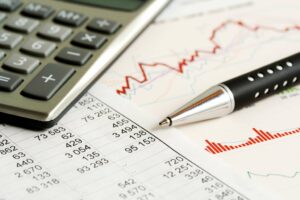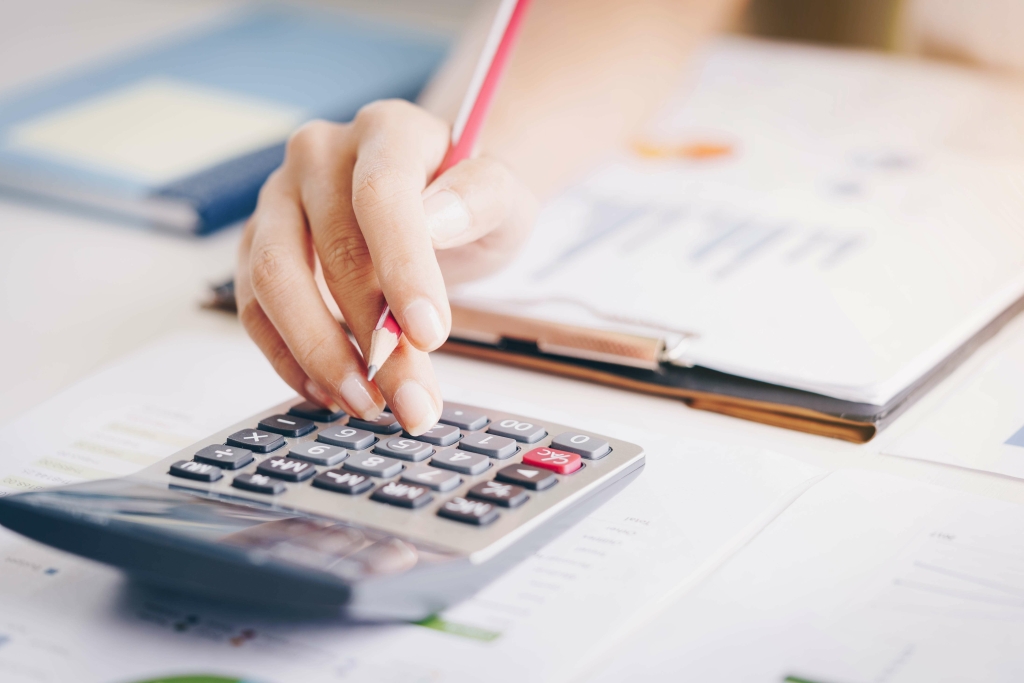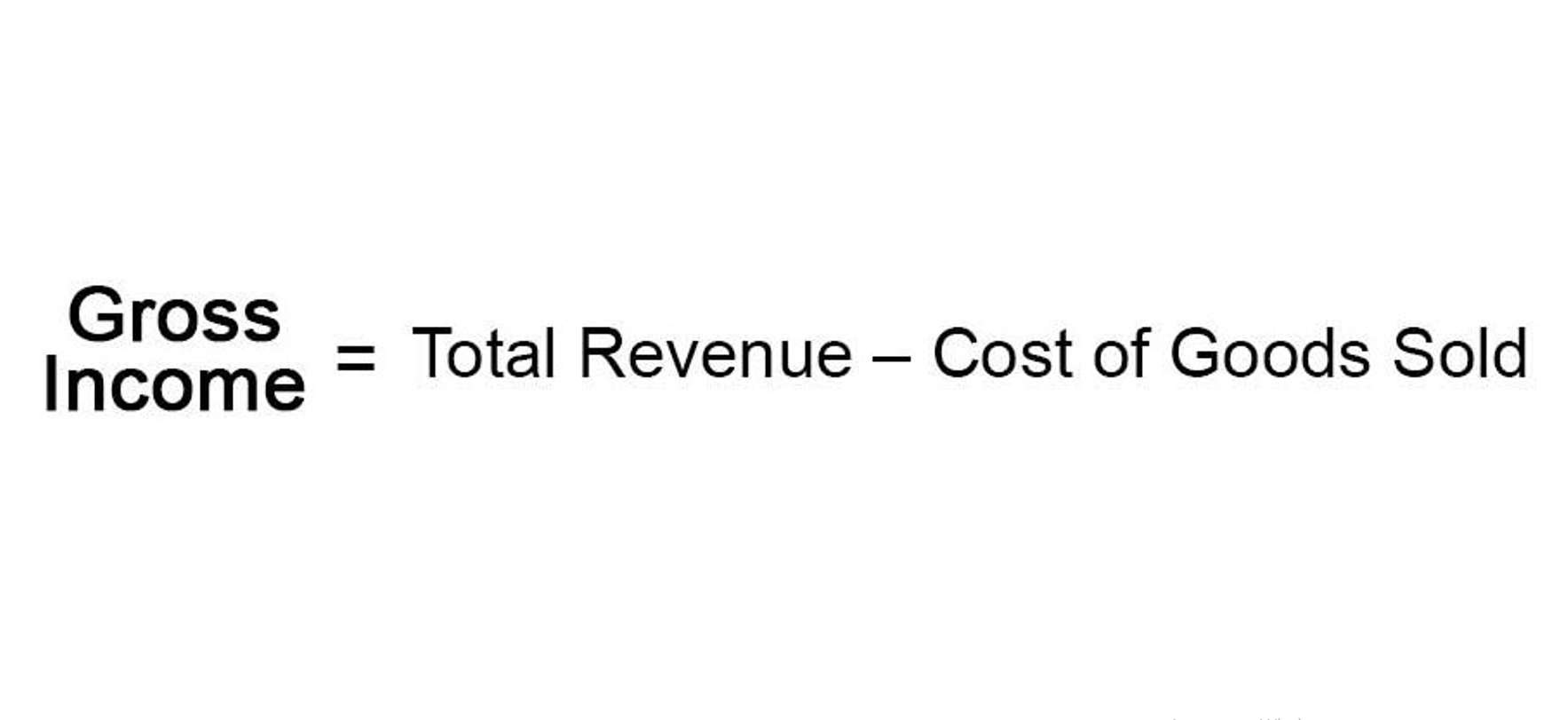
Assets represent resources a company owns or controls with the expectation of deriving future economic benefits. Liabilities, on the other hand, represent obligations a company has to other parties. Financial statements, such as the https://www.bookstime.com/ balance sheet, represent a snapshot of a company’s assets, liabilities, and equity at a specific point in time. Assets and liabilities are treated differently in that assets have a normal debit balance, while liabilities have a normal credit balance. During the operating cycle, a company incurs various expenses for which it may not immediately pay cash.

Debits and credits
Accounts Payable – Many companies purchase inventory on credit from vendors or supplies. When the supplier delivers the inventory, the company usually has 30 days to pay for it. This obligation to pay is referred to as payments on account or accounts payable. The natural balance of a liability account is a credit, so any entries that increase the balance of a liability account appear on the right side of the journal entry. A liability account is sometimes paired with a contra liability account, which contains a debit balance.
Accounting for Liabilities
- Similarly, the word “credit” has its historical roots in the Latin word credere, meaning “to believe.” In accounting, this is often abbreviated as “Cr.”
- The company must recognize a liability because it owes the customer for the goods or services the customer paid for.
- One of the key steps in planning for future obligations is to thoroughly analyze a company’s balance sheet, identifying both short-term and long-term liabilities.
- In other words, the creditor has the right to confiscate assets from a company if the company doesn’t pay it debts.
If the company does not remit the sales tax at the end of the month, it would record a liability until the taxes are paid. The sales tax expense is considered a liability because the company owed the state the money. These liabilities are noncurrent, https://x.com/BooksTimeInc but the category is often defined as “long-term” in the balance sheet. Companies will use long-term debt for reasons like not wanting to eliminate cash reserves, so instead, they finance and put those funds to use in other lucrative ways, like high-return investments. Hence, when receiving funds from any business activity, we make an entry on the credit side of the relevant income or revenue account.

The debt ratio

A positive net worth indicates that a company has more assets than liabilities, while a negative net worth indicates that a company’s liabilities exceed its assets. Measuring a company’s net worth helps stakeholders evaluate its financial strength and overall stability. Additionally, maintaining accurate cash flow projections is essential for anticipating future financial needs. By incorporating potential liabilities into cash flow forecasts, businesses can ensure they have adequate funds available to meet their obligations as they arise. Deferred revenue indicates a company’s responsibility to deliver value to its customers in the future and helps provide a clearer picture of the company’s long-term financial obligations. There are also cases where there is a possibility that a business may have a liability.

What is a Contingent Liability?
However, if you know the characteristics of a liability, you can categorize a transaction as one. Liabilities exist because there are obligations between two parties. In this case, your business has an obligation to do something for or to give something to another person or entity. For example, businesses have the obligation to pay their employees just compensation. Hence, businesses are liable to pay salaries and wages to their employees after the employees have performed their duties.
Company
Current liabilities are crucial for liquidity analysis, while non-current liabilities are significant for understanding a company’s long-term financial stability. Together, these classifications contribute to a comprehensive picture of a company’s overall financial health, influencing decisions related to investment, lending, and business operations. These are what is liability account the periodic payments made by a lessee (the business) to a lessor (property owner) for the right to use an asset, such as property, plant or equipment.